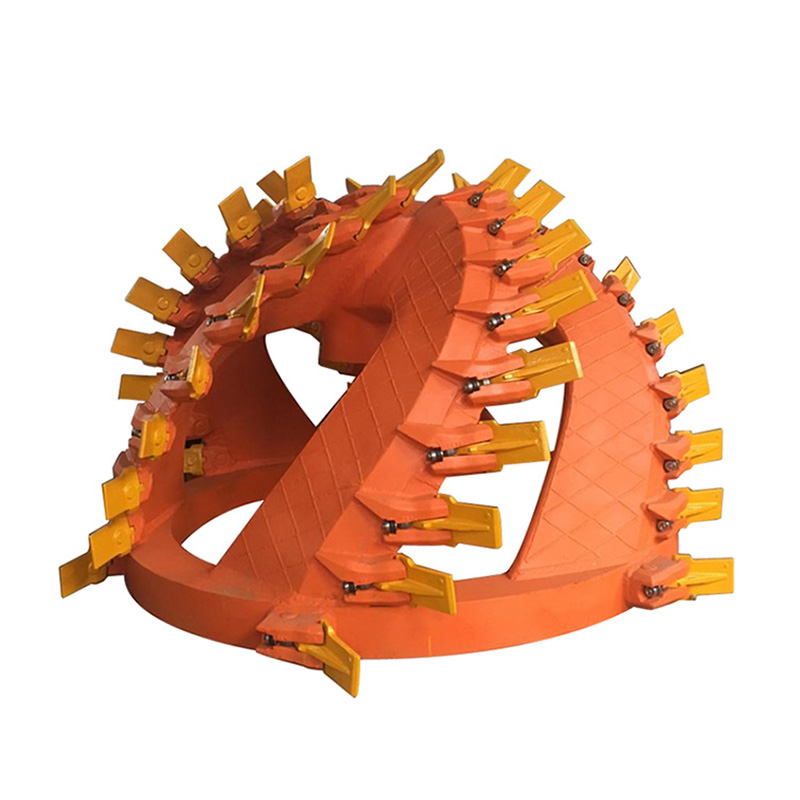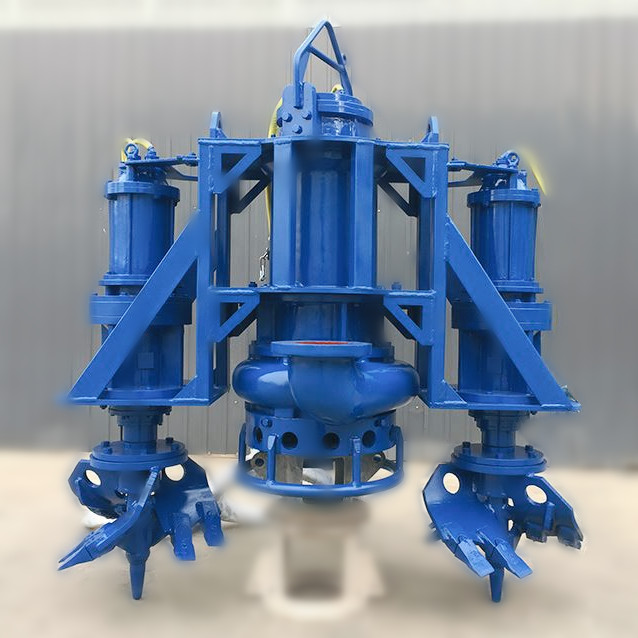The Forbes Home editorial team is independent and objective. To help support our reporting work, and to continue our ability to provide this content for free to our readers, we receive compensation from the companies that advertise on the Forbes Home site. This compensation comes from two main sources. First, we provide paid placements to advertisers to present their offers. The compensation we receive for those placements affects how and where advertisers’ offers appear on the site. This site does not include all companies or products available within the market. Second, we also include links to advertisers’ offers in some of our articles; these “affiliate links” may generate income for our site when you click on them. The compensation we receive from advertisers does not influence the recommendations or advice our editorial team provides in our articles or otherwise impact any of the editorial content on Forbes Home. While we work hard to provide accurate and up to date information that we think you will find relevant, Forbes Home does not and cannot guarantee that any information provided is complete and makes no representations or warranties in connection thereto, nor to the accuracy or applicability thereof.
If you are a true off-road enthusiast, eventually you’re bound to push your truck to its limits. Venturing off the beaten path often requires placing your tires on surfaces you’d ideally otherwise avoid—and that increases the risk of getting stuck, even with all-terrain rubber. It’s always smart to load up your off-road truck or SUV with a shovel, rope and planks to wedge underneath a stuck tire. But more than anything, a powered winch can be your best friend. But not all winches are of equal quality and design. Hydraulic Clamshell Bucket

Two major factors are the type of cable (or rope) being used and the power of the winch motor. Winches are classified by “load capacity,” which signifies the maximum weight the winch can handle. There are usually two types of rope offered, synthetic and steel. Synthetic is lighter than steel and typically easier to handle, but it is typically more expensive. It’s also more likely to be damaged by rubbing over rocks or other obstacles.
Steel is a lower-cost option and it actually is better at dissipating heat from the motor. This means you can run the winch for longer durations and under harder stress. The downside with steel is that it rusts and can produce sharp barbs. Gloves are essential with steel cable, but highly recommended for handling synthetic rope as well.
When trying to figure out how powerful a winch you should buy, first find out the Gross Vehicle Weight Rating (GVWR) for your vehicle. You can find this figure on the metal label on the inside of your driver’s door. The ideal winch should have 30 to 50 percent more capacity than the listed GVWR of your vehicle.
In this guide, we’ll break down some of our favorite winches, many of which can be purchased with different load capacities and cable options.
Mile Marker HI SERIES Hydraulic Winch
Mile Marker HI SERIES Hydraulic Winch
Warn is one of the most well-known names in 4×4 winches. Zeon is Warn’s name for its premium line of high-quality winches. The Zeon line offers extremely high tow ratings and features not always found on competitors. The 12 signifies its 12,000-pound rating, and the “S” denotes the lightweight version of its products.
In this case, the 12-pound weight reduction comes from the use of synthetic rope as well as upgraded aluminum components. The 12-volt DC motor is series-wound for quicker winding with reduced tax on the motor. It can be operated via a wireless remote or a handheld remote connected to a 12-foot cable.
With its 6.6-horsepower motor, a pulling capacity of 13,500 pounds and a maximum working load limit of ten tons, this X-BULL winch is heavy-duty enough for most off-roading and recovery jobs, even when you’re in a really big truck like a Ram 2500 Heavy Duty Rebel. The triple planetary gear set allows for optimal control under heavy loads. It includes an IP66-rated 2-in-1 remote system with a wireless operating range of 100 feet. The downside of this unit is its substantial size, and its lack of an included mounting bracket.
Many off-road enthusiasts don’t need massive power. Lighter vehicles, which tend to be more agile and useful on severe trails, can get by with a light-duty, lower-cost winch. The Zesuper 4,500-pound IP67 uses a 1.5-horsepower motor that can wind 50 feet of steel cable in at a rate of 6.1 feet per minute under a full load. This winch comes with a wired switch, as well as a wireless remote that works up to 50 feet out.
This product also features modern automatic brake protection, so no need to install additional circuit breakers. Of course, if you’re wheeling in a big truck, this bud’s not for you. Similarly, while many hard-core off-roaders are used to installing equipment on their own, some Zesuper customers report that bolts, cables and other included pieces of this winch don’t match the stated measurements, or that they aren’t long enough for their application.
Side-by-sides, ATVs and UTVs are designed to get into the muck just as much as trucks, even more so. While you might be able to lift a smaller quad out of a sticky situation by hand, the larger UTVs and side-by-sides may be too heavy to do it alone. The Warn AXON 35-S is optimized for these types of vehicles, with a 3,500-pound rating (ATVs can weigh anywhere from 350 to 2,000 pounds). The 35-S winches integrate a powerful motor and a groundbreaking digital contactor into a single unit and hauls in 50 feet of 3/16-inch synthetic rope.
A handheld, portable winch is a clever solution for tasks like loading a boat into a trailer. If you’ve ever used a handheld crank for this task, you’ll know that it takes a while. This helpful “powered” winch is designed to receive a handheld power drill. The speed is based on the power of the drill you use. It comes with 40 feet of synthetic rope and has a 750-pound capacity.
Winches are mechanical devices that have to withstand extreme loads, so we made sure to evaluate the motors, gears, clutches, and cable materials to come up with our final list. Extra features such as remotes were also considered. Speed, the motor’s power draw and ease of installation are important.
We evaluate all winches based on the following weighted metrics:
Unless specifically noted, most winches are water-resistant and only waterproof to a certain depth. The vast majority of winches for light-duty vehicles are electrically powered, and electricity and water don’t play well together. Additionally, winches generate heat and fully sealing an electric winch motor assembly would only exacerbate that. A hydraulic winch is capable of submerged use.
Yes, but there are some basic helpful rules to follow for safe winch use. A new winch isn’t ready to be used out of the box. You’ll want to re-spool it under a load. Make sure to wear gloves. Use a winch weight or heavy blanket to keep a snapped cable from whipping around and hitting anyone. Always loudly communicate to the rest of your crew out there on the trail what you are doing.
Never, ever straddle a winch line. Even if it’s not under load, you don’t know if one of the vehicles might slip or one of your friends might put their vehicle into reverse if they don’t see you. Don’t use trees. Use heavy rocks instead. It’s all about treading lightly.
It’s all based on your GVWR, or Gross Vehicle Weight Rating. This can typically be found on a stamped metal plate in the driver’s side door frame. You can also often find it in your owner’s manual. The weight rating for your winch can be 1.3 to 1.5 times your vehicle’s GVWR. This is so that the winch can handle the weight of the vehicle, and still have extra power to get you out of a jam.
It’s not as simple as “better” or “worse.” Synthetic ropes are lighter and easier to manipulate, and as a result, they are becoming more and more popular. You should always wear gloves, but synthetic ropes are less likely to damage your hand than a rusty steel cable. However, steel cable is cheaper and helps dissipate heat from the winch, allowing you to operate it longer.
George Kennedy has reviewed cars and provided car advice for outlets such as Consumer Reports, CarGurus, U.S. News & World Report, the Boston Globe, AutoBlog and others. He is the managing editor for UpShift, the official publication of the Larz Anderson Auto Museum in Brookline, Massachusetts. George has owned multiple future-classics before they were collectible, including a 1986 Toyota 4Runner, an XJ Jeep Cherokee and a two-door Chevy Tahoe.

Excavator Attachment I’m an automotive lifestyle writer with a passion for vehicles and accessories designed for outdoor adventure. I specialize in connecting the open road with the road less traveled, covering the latest advancements in off-roading, overlanding, and campervan-specific gear. My work has appeared in Digital Trends, Gear Junkie, Trucks.com, ROVA Magazine and several other print and online publications.